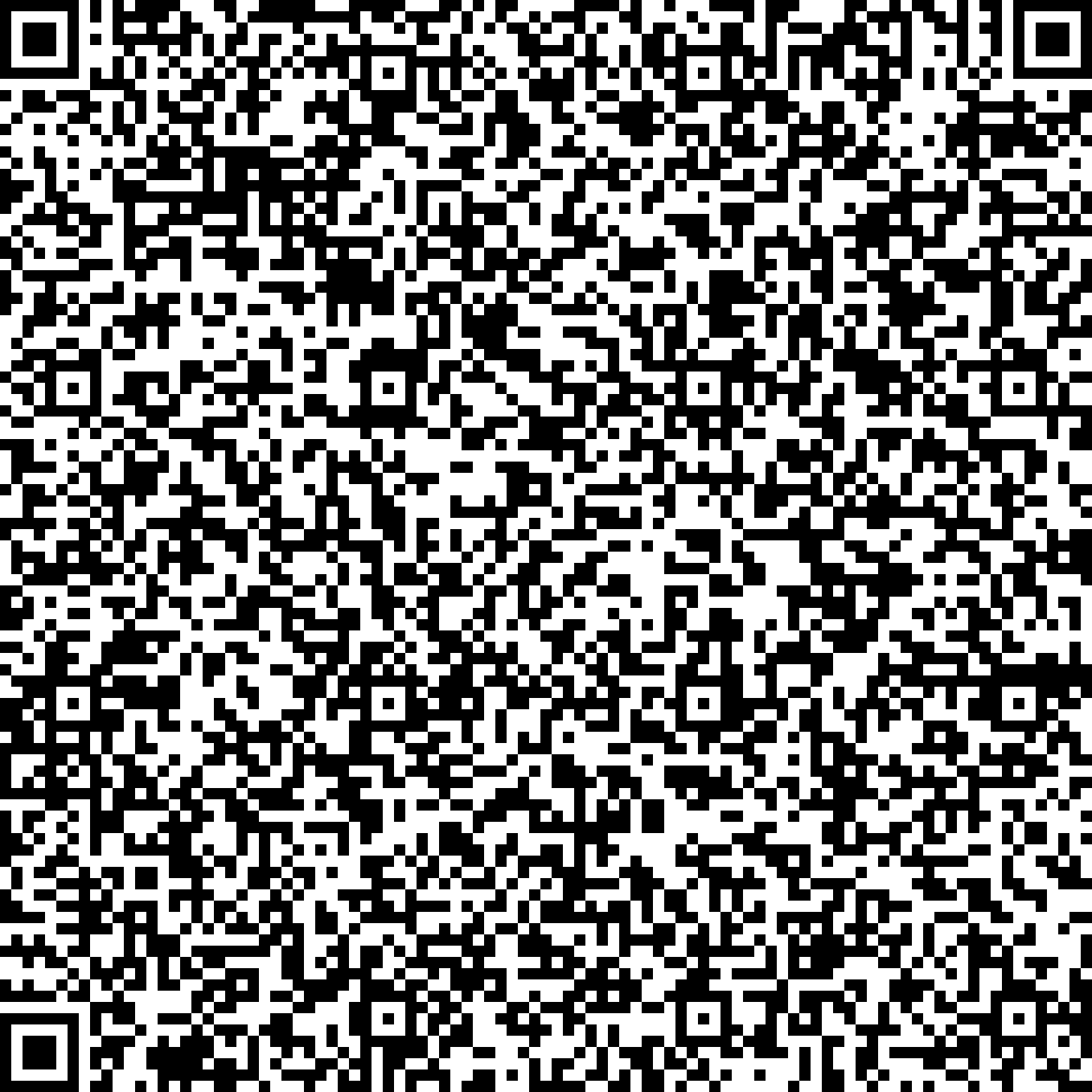

From a mechanics standpoint, slender structures are peculiar in how they respond to external loading because their deformation behavior is typically soft and characterized by several sources of non-linearities. For instance, large deflections and rotations can occur upon minor increments of local strain in the structure’s material (geometric non- linearities). Also, when slender structures are subjected to compression or shearing they can buckle, leading to macroscopic shape-change (morphing) and state switching (multistability). Moreover, due to their large volume-to-surface ratio, interfacial properties can become dominant. Even more interestingly, such non-linearities can also occur in absence of external forces and thus can be incorporated in the structure itself, for instance via anelastic strain mismatch or inhomogeneous growth and are equally observed in both biological and artificial material systems. Drawing upon these concepts, in my talk I will present three exemplary slender material systems, loosely inspired from biological analogues, that leverage such non-linearities to create complex mechanical behavior, such as programmable morphing, gripping and slipping. In particular, for each system, we define relevant geometric parameters and consequently build phase diagrams that help rationalize the available design space. Finally we demonstrate possible applications by manufacturing large scale assemblies of such slender structures as mechanical metamaterials with targeted behavior.
From a mechanics standpoint, slender structures are peculiar in how they respond to external loading because their deformation behavior is typically soft and characterized by several sources of non-linearities. For instance, large deflections and rotations can occur upon minor increments of local strain in the structure’s material (geometric non- linearities). Also, when slender structures are subjected to compression or shearing they can buckle, leading to macroscopic shape-change (morphing) and state switching (multistability). Moreover, due to their large volume-to-surface ratio, interfacial properties can become dominant. Even more interestingly, such non-linearities can also occur in absence of external forces and thus can be incorporated in the structure itself, for instance via anelastic strain mismatch or inhomogeneous growth and are equally observed in both biological and artificial material systems. Drawing upon these concepts, in my talk I will present three exemplary slender material systems, loosely inspired from biological analogues, that leverage such non-linearities to create complex mechanical behavior, such as programmable morphing, gripping and slipping. In particular, for each system, we define relevant geometric parameters and consequently build phase diagrams that help rationalize the available design space. Finally we demonstrate possible applications by manufacturing large scale assemblies of such slender structures as mechanical metamaterials with targeted behavior.
Lorenzo Guiducci is a biomedical engineer with a PhD in Physics, Science of Biomaterials. Borrowing inspiration from biological materials and their unique structure-function relationships, he combines computer simulations, analytical modelling and tabletop experiments to design new
architected materials with tailored and programmable behavior. His interdisciplinary working methods and interests often overlap with those from applied designers with whom he collaborates. At present, he is Research Associate at the “Department of Speculative Transformation” in the “Center for Interdisciplinary Digital Sciences” at Technical University Dresden.


From a mechanics standpoint, slender structures are peculiar in how they respond to external loading because their deformation behavior is typically soft and characterized by several sources of non-linearities. For instance, large deflections and rotations can occur upon minor increments of local strain in the structure’s material (geometric non- linearities). Also, when slender structures are subjected to compression or shearing they can buckle, leading to macroscopic shape-change (morphing) and state switching (multistability). Moreover, due to their large volume-to-surface ratio, interfacial properties can become dominant. Even more interestingly, such non-linearities can also occur in absence of external forces and thus can be incorporated in the structure itself, for instance via anelastic strain mismatch or inhomogeneous growth and are equally observed in both biological and artificial material systems. Drawing upon these concepts, in my talk I will present three exemplary slender material systems, loosely inspired from biological analogues, that leverage such non-linearities to create complex mechanical behavior, such as programmable morphing, gripping and slipping. In particular, for each system, we define relevant geometric parameters and consequently build phase diagrams that help rationalize the available design space. Finally we demonstrate possible applications by manufacturing large scale assemblies of such slender structures as mechanical metamaterials with targeted behavior.
From a mechanics standpoint, slender structures are peculiar in how they respond to external loading because their deformation behavior is typically soft and characterized by several sources of non-linearities. For instance, large deflections and rotations can occur upon minor increments of local strain in the structure’s material (geometric non- linearities). Also, when slender structures are subjected to compression or shearing they can buckle, leading to macroscopic shape-change (morphing) and state switching (multistability). Moreover, due to their large volume-to-surface ratio, interfacial properties can become dominant. Even more interestingly, such non-linearities can also occur in absence of external forces and thus can be incorporated in the structure itself, for instance via anelastic strain mismatch or inhomogeneous growth and are equally observed in both biological and artificial material systems. Drawing upon these concepts, in my talk I will present three exemplary slender material systems, loosely inspired from biological analogues, that leverage such non-linearities to create complex mechanical behavior, such as programmable morphing, gripping and slipping. In particular, for each system, we define relevant geometric parameters and consequently build phase diagrams that help rationalize the available design space. Finally we demonstrate possible applications by manufacturing large scale assemblies of such slender structures as mechanical metamaterials with targeted behavior.
Lorenzo Guiducci is a biomedical engineer with a PhD in Physics, Science of Biomaterials. Borrowing inspiration from biological materials and their unique structure-function relationships, he combines computer simulations, analytical modelling and tabletop experiments to design new
architected materials with tailored and programmable behavior. His interdisciplinary working methods and interests often overlap with those from applied designers with whom he collaborates. At present, he is Research Associate at the “Department of Speculative Transformation” in the “Center for Interdisciplinary Digital Sciences” at Technical University Dresden.